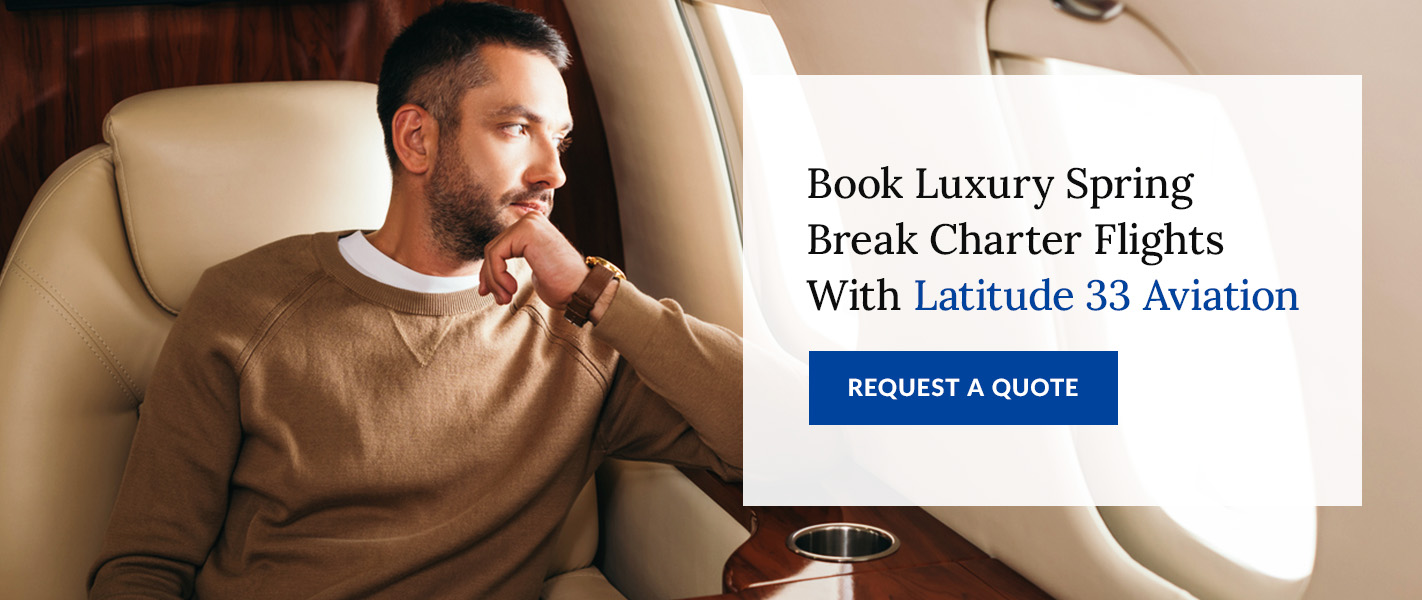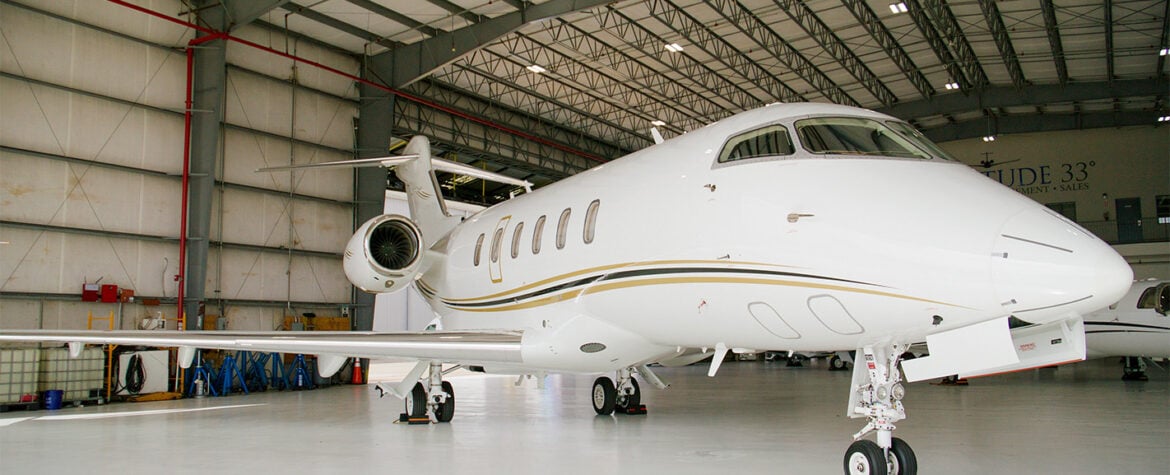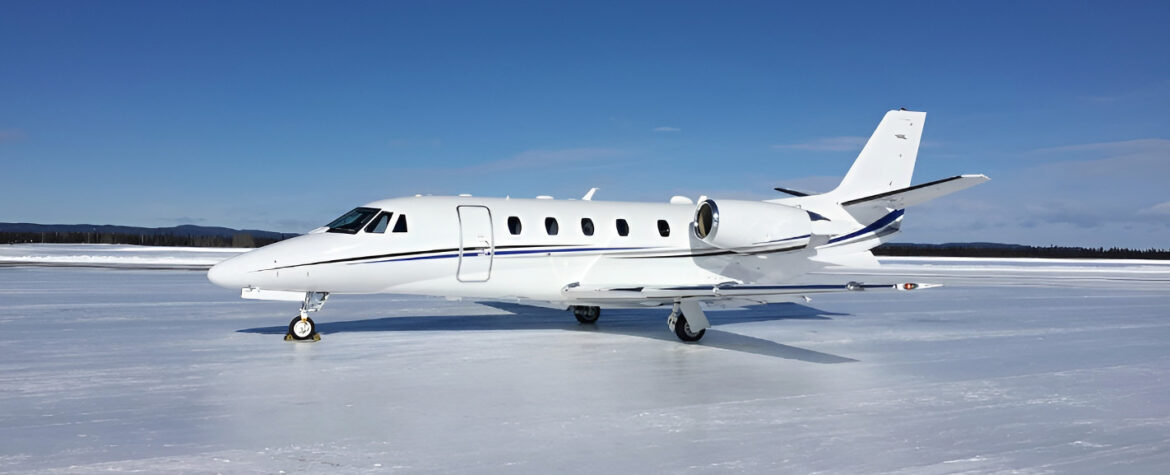Booking a private jet charter for spring break is an excellent way to treat your family this season. Travel in comfort to a relaxing sandy beach, an invigorating city, or an adventurous mountain range. A private aircraft helps you make the most of your trip, eliminating busy airport lines and taking you to your destination faster. These are the best private jet charter spring break destinations to try on your next vacation.
Honolulu, Hawaii
Hawaii is one of the most popular luxury spring break destinations because of its breathtaking beaches, rich cultural experiences, and exciting activities for all ages. Fill your family’s next trip with the following excursions, luxuries, and entertainment:
- Waikiki Beach: Dig your toes into Waikiki Beach’s soft, warm sand or take a swim in its sparkling blue, calm waters.
- Four Seasons Resort Oahu: You can stay at Four Seasons Resort Oahu to relax in a cabana by an oceanfront pool, dine at five-star restaurants, and try various watersports in gorgeous lagoon waters. This resort also features exciting cultural experiences, crafts, and adventures just for kids.
- Turtle Canyon snorkeling: Mingle with Hawaiian green sea turtles and beautiful reef fish in Turtle Canyon. Various tour companies offer private cruises and snorkeling excursions for an unforgettable experience.
- Diamond Head: You and your family can hike to the Diamond Head crater’s summit and bask in the Honolulu skyline. This is also the perfect opportunity to explore some of Oahu’s history, learning more about the volcano’s formation and how the area served as a military base.

Palm Springs, California
Palm Springs is known for its lovely weather, breathtaking desert landscapes, and classic mid-century modern architecture. Consider visiting Palm Springs to enjoy the following:
- Joshua Tree National Park: Hiking, rock climbing, and stargazing adventures await in Joshua Tree National Park. You can drive scenic routes, explore this stunning desert ecosystem, and marvel at unique rock formations such as Arch Rock and Skull Rock. Spring is wildflower season, so it’s a fantastic opportunity to take family photos with a phenomenal background.
- Palm Springs Art Museum: Palm Springs Art Museum features a large collection of contemporary art, design, architecture, gardens, and exhibits. See the work of famous artists such as Andy Warhol and Pablo Picasso up close, or peruse incredible pieces by upcoming and underrepresented artists.
- Tahquitz Canyon: In the spring, Tahquitz Canyon comes to life with a rushing waterfall and beautiful wildflowers. Hike this phenomenal area with your family for a memorable excursion.
- World-class golfing: Palm Springs is home to golf courses designed by famous architects such as Greg Norman, Arnold Palmer, and Clive Clark. Visit the Indian Wells Golf Resort to hone your skills at one of the country’s most iconic courses.
Anchorage, Alaska
If you prefer cooler weather and outdoor adventures, Alaska is an incredible spring destination. Make Alaska your next spring break destination and enjoy the following:
- Private floatplane excursions: Experience the best of Alaska’s extraordinary wilderness on a private floatplane excursion. You and your family can soar over awe-inspiring mountain ranges, valleys, and secluded areas with an experienced tour guide. You might even witness wildlife such as beluga whales, black bears, moose, and Dall sheep.
- Sightseeing cruises: Take a day trip for an unforgettable sightseeing cruise. Alaska’s day cruises take you through stunning fjords and inlets where you can see wildlife such as puffins, mountain goats, and bears. As you cruise farther into the waters, you might also witness whales, seals, and sea lions in their natural habitats.
- Kayaking tours: If you desire a distinctive, exhilarating activity, a wildlife kayaking excursion is the perfect opportunity to explore Alaska. You can take a cruise into Kenai Fjords National Park and paddle around icebergs for a spectacular experience.
- Alyeska Resort: Alyeska Resort is just south of Anchorage and offers incredible views of the vast Chugach Mountains. Relax at the resort’s Nordic Spa and enjoy fine dining at its selection of restaurants. You can also embark on exciting outdoor adventures such as hiking and mountain biking.
Puerto Vallarta, Mexico
Puerto Vallarta offers the perfect blend of adventure and relaxation. The following attractions and activities make it a remarkable spring break destination:
- Marietas Islands: Take a private cruise and explore the dazzling waters and secluded beaches of Marietas Islands. During low tide, you can swim through a rock tunnel and reach Playa del Amor or Lover’s Beach. You might also see sea turtles, tropical fish, and dolphins along the way.
- Canopy and rainforest ziplining: Soar over a rainforest or forest canopy on a thrilling zipline adventure. You can book various tours out of Puerto Vallarta that take you to some of the area’s most incredible locations.
- Private ATV tours: Venture through the jungle on an ATV for an unforgettable experience with your family. A local professional can guide you on a path winding through gorgeous scenery, majestic waterfalls, and exciting swimming holes.
- Cooking classes: Spring break is an excellent time to learn a new skill and immerse yourself in Mexican culture. Cookin’ Vallarta offers unforgettable dining experiences, teaching you how to prepare some of Mexico’s finest dishes from locally sourced ingredients.
San Diego, California
San Diego’s friendly, relaxed atmosphere is perfect for a family spring break vacation. You can enjoy the following sites and activities in this captivating California city:
- La Jolla Cove: La Jolla Cove is a magnificent coastal area surrounded by rocky cliffs. You can take in spectacular coastline views, snorkel in the crystal-clear waters, and see sea lions and seals up close in this magical marine reserve.
- Westin Carlsbad Resort and Spa: Westin Carlsbad Resort features a full-service spa, dining experiences, and a relaxing pool. It’s also conveniently located near LEGOLAND and The Crossings at Carlsbad Golf Course.
- San Diego Zoo: The San Diego Zoo is one of the world’s most popular zoos, featuring a wide range of diverse animal species, educational experiences, and unique encounters. Embark on exciting safaris or book a custom wildlife interaction for the trip of a lifetime.
- Private whale-watching experience: A private whale-watching experience is an unforgettable opportunity to see majestic whales and dolphins up close.
Book Luxury Spring Break Charter Flights With Latitude 33 Aviation
Booking charter flights for spring break vacations is the best way to enhance your time with family. Latitude 33 Aviation offers safe luxury private jet travel for spring break trips and vacations throughout the year, helping you and your loved ones travel in ultimate comfort.
Chartering a private aircraft enables you to access more locations and land closer to your destination. We are in the country’s top 5% of private jet charter operators and hold the stringent Aviation Research Group International, Inc. (ARGUS) Platinum rating. Request a quote to start your spring break vacation.



















